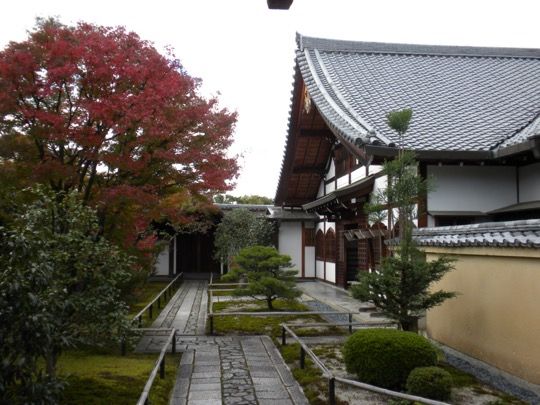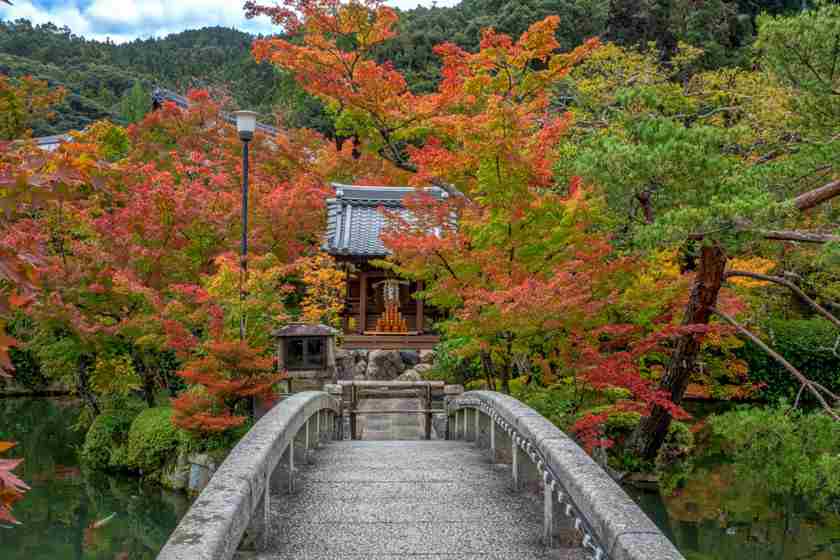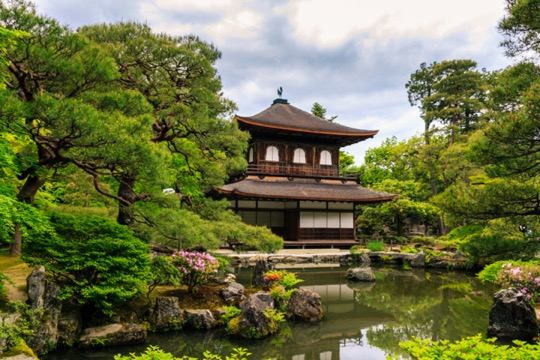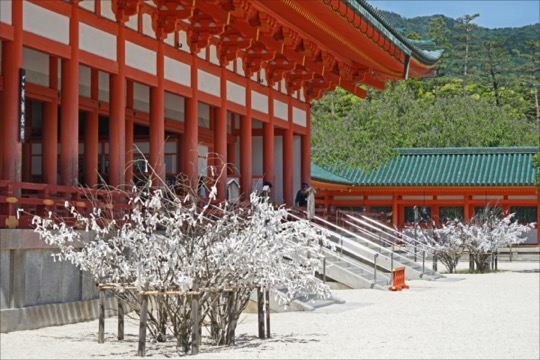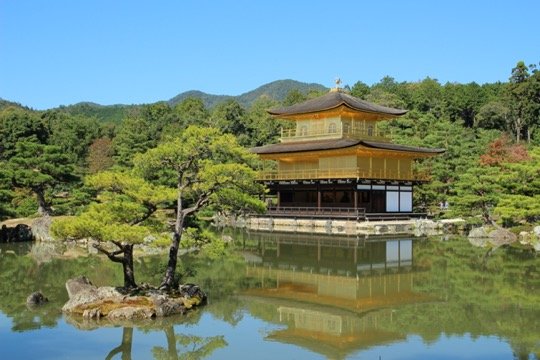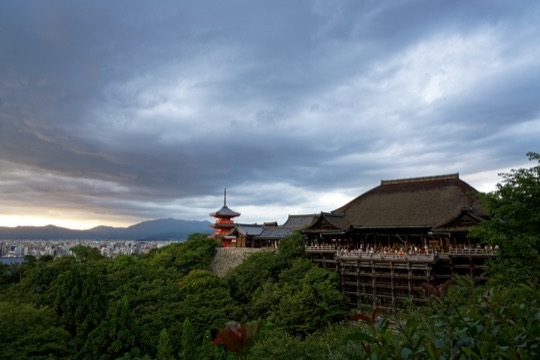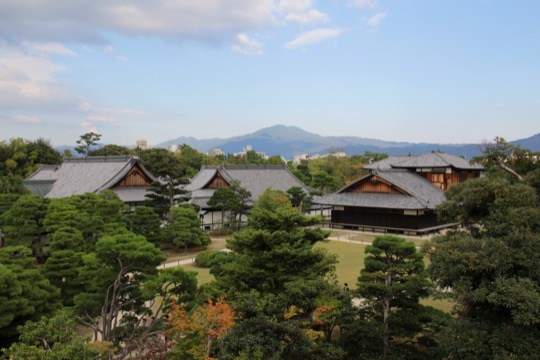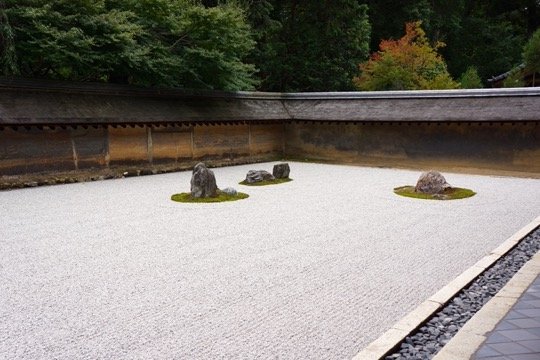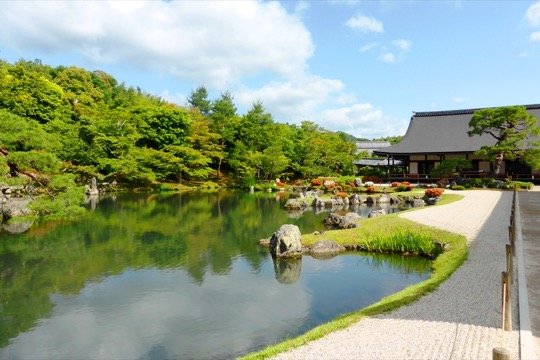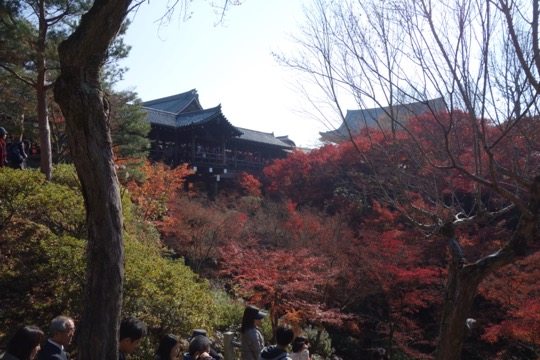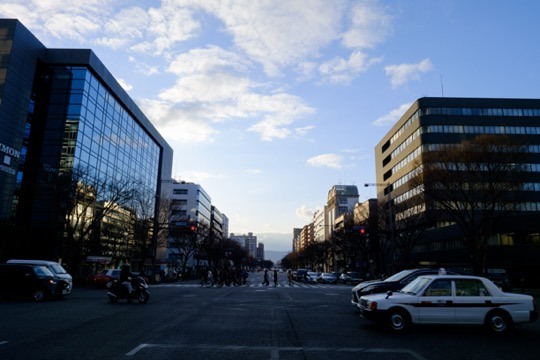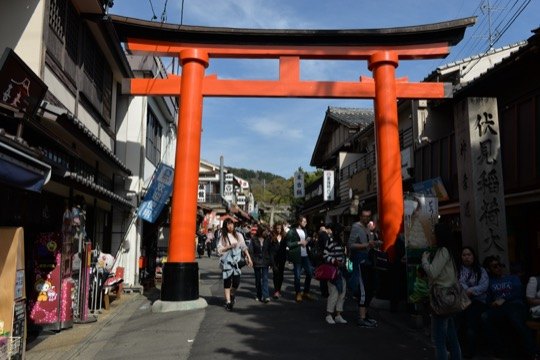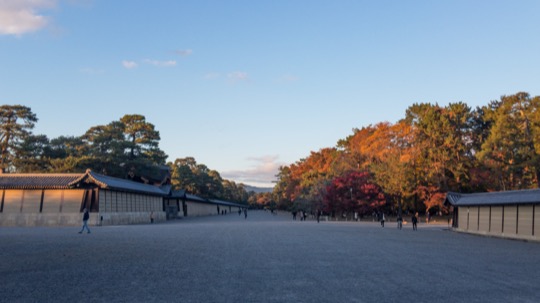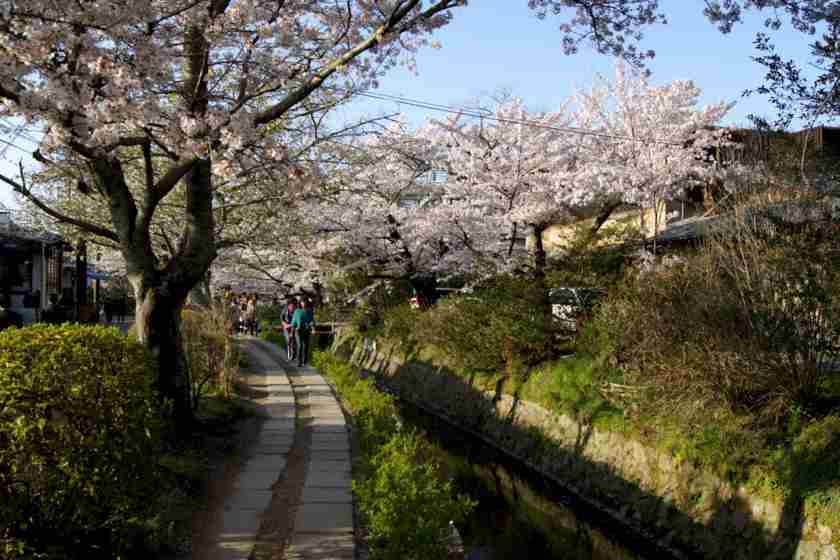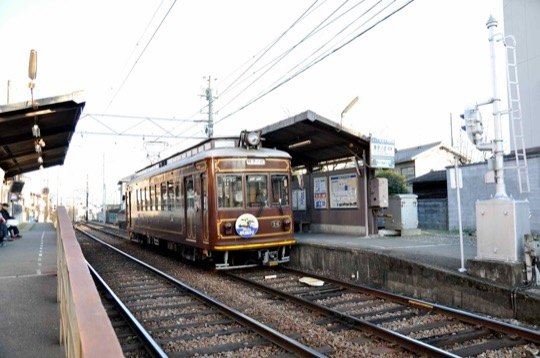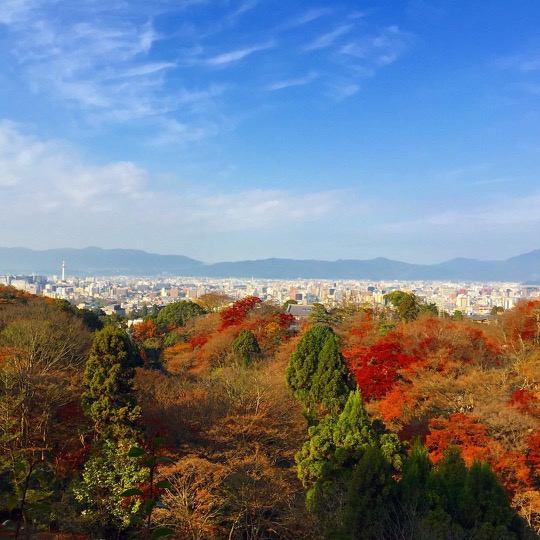Kyoto
Former imperial capital and heart of Japanese tradition
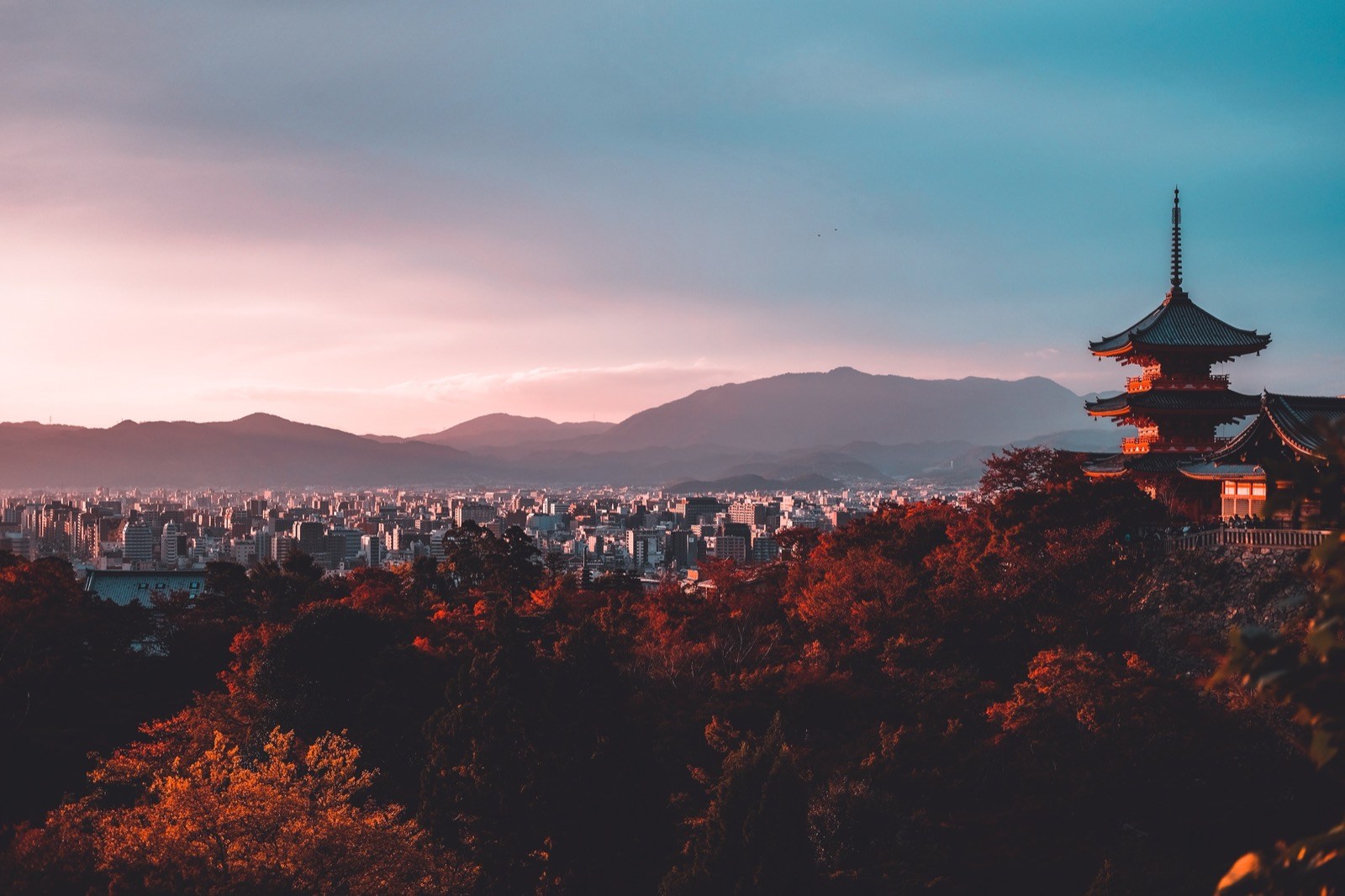
On This Page
Kyoto, with its rich history and enduring cultural heritage, is a cornerstone of traditional Japan. The city was the nation’s capital for over a millennium and is home to numerous ancient temples and shrines, many of which are recognized as UNESCO World Heritage Sites.
Established in 794 as Heian-kyo, meaning “capital of peace and tranquility,” Kyoto remained Japan’s imperial capital until the Meiji Restoration in 1868. This extensive period as the seat of power enriched the city with a significant number of historical sites. Thanks to being largely spared from the bombing raids of World War II, its pre-modern architecture, including around 2,000 Buddhist temples and Shinto shrines, has been well-preserved.
Iconic among its numerous historical sites is Kinkakuji, the Golden Pavilion, first built in 1397. Although it has faced destruction, the current structure was reconstructed in 1955. Ginkakuji, the Silver Pavilion, was erected in 1482 and stands as a testament to the Higashiyama culture that deeply influenced Japanese culture, including the arts and the tea ceremony.
The Heian Jingu Shrine is a more recent addition, constructed in 1895 to commemorate the 1,100th anniversary of Heian-kyo’s founding. The Heian Jingu Shrine Gardens reflect traditional design influenced by earlier periods and are celebrated for their cherry blossoms.
Kyoto’s temples are diverse, with Ryoanji Temple known for its karesansui rock garden, and Tofukuji Temple famed for its autumn colors. Daitokuji Temple offers a tranquil experience with its Zen sub-temples.
Tenryuji Temple, the head temple of the Tenryu-ji branch of the Rinzai Zen school, is noted for its garden that blends with the Arashiyama Bamboo Grove. The nearby Okochi Sanso Villa provides a traditional setting with its well-maintained gardens.
Kiyomizudera Temple, established in 778, is renowned for its wooden stage with views over the city. Nijo Castle reflects the power of the Tokugawa shogunate with elaborate decorations and its unique ‘nightingale floors’.
Noteworthy as well is Fushimi Inari Taisha, celebrated for its vermilion torii gates, and Nanzenji Temple with its grand Sanmon gate. Eikando Temple offers a panoramic view of Kyoto.
The Philosopher’s Path provides a scenic route for contemplation, with cherry trees lining the way near significant cultural sites.
Traditional tea ceremonies, seasonal festivals, and the historic Gion district, where geisha culture thrives, are essential elements of Kyoto’s living tradition. Visitors may also explore Kenninji Temple, Kyoto’s oldest Zen temple, and Yasaka Shrine, central to the Gion Matsuri festival.
Kyoto is a present-day center for culture, arts, and education, where the historical narrative is woven into the city’s everyday life.
Around Kyoto
Top attractions in Kyoto the best of Kyoto
Chionin Temple
A central site for Pure Land Buddhism featuring Japan’s largest wooden gate.
Daitokuji Temple
Historic Zen Buddhist temple with deep cultural significance
Eikando Temple
Experience the Zen spirit amidst autumn leaves at Kyoto’s Eikan-do
Ginkakuji
The Silver Pavilion: Reflecting the Artistic Splendor of the Ashikaga Shogunate
Heian Jingu Shrine
A cultural beacon honoring Kyoto’s imperial legacy and Heian period architecture.
Kinkakuji
A Zen Buddhist temple adorned in gold leaf, embodying centuries of Japan’s spiritual and cultural history.
Kiyomizudera Temple
Historic marvel of Japanese architecture offering panoramic views and a deep spiritual heritage.
Nanzenji Temple
Historic Zen Buddhist Sanctuary in Kyoto’s Higashiyama Mountains
Nijo Castle
Imposing legacy of the Tokugawa Shoguns, featuring lavish interiors and historic gardens
Tofukuji Temple
Foundational site of Zen, flourishing in autumn colors, established in 1236
Neighbourhoods of Kyoto explore the variety that Kyoto has to offer
Arashiyama
Historic district surrounded by natural beauty, with a heritage tied to Japan’s nobility and cultural icons.
Fushimi
Historic sake brewing district and the location of Fushimi Inari Taisha with its iconic vermillion gates.
Imperial Palace Area
Home to emperors and the site of significant historical events, embodying the beauty of gardens and the strength of castles.
Northern Kyoto
Explore the land of the Golden Pavilion and Zen gardens, reflecting centuries of samurai history.
Southern Higashiyama
A journey through Kyoto’s historical landmarks, where tradition resonates amid temples, shrines, and ancient streets.

